
Wes Anderson Collection
¥107.81
ThisNew York Timesbestselling overview of Wes Andersons filmography features previously unpublished behind-the-scenes photos, artwork, and ephemera, with an introduction by Michael Chabon. Writer/director Wes Anderson guides movie/television critic Matt Zoller Seitz through Andersons life and career in a hardcover book-length conversation, woven together with original illustrations and production images fromBottle Rocket,Rushmore,The Royal Tenenbaums,The Life Aquatic with Steve Zissou,The Darjeeling Limited,Fantastic Mr. Fox, andMoonrise Kingdom. The result is a meticulously designed book that captures and reflects the spirit of Wes Andersons movies: melancholy, playful, wise, and wonderfully unique. Also available from Matt Zoller Seitz: The Oliver Stone Experience, The Wes Anderson Collection: Bad Dads, The Wes Anderson Collection: The Grand Budapest Hotel, and Mad Men Carousel.
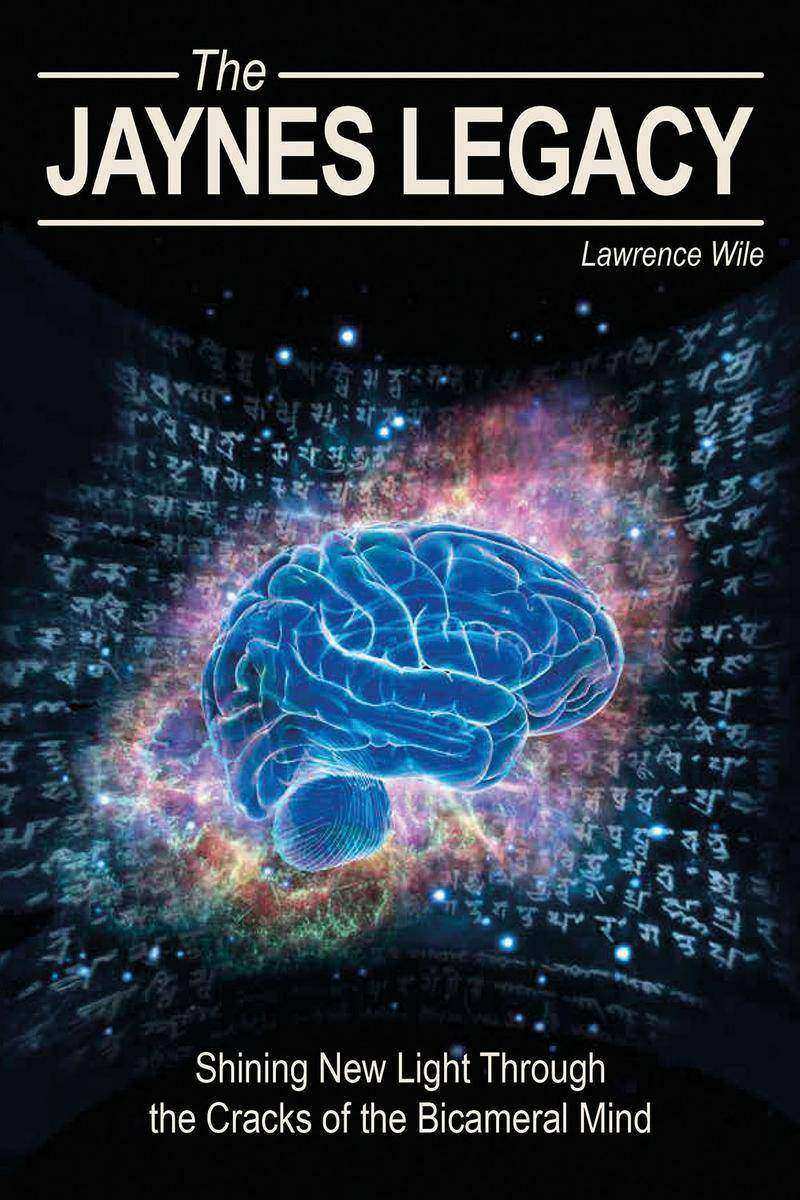
Jaynes Legacy
¥107.81
Julian Jaynes' 1976 book, The Origins of Consciousness in the Breakdown of the Bicameral Mind, continues to arouse an unsettling ambivalence. Richard Dawkins called it "e;either complete rubbish or a work of consummate genius, nothing in between"e;. The present book suggests that the bicameral mind is a phantasm; the dating of the origin of consciousness contradicts archeological and literary evidence; and the theory contributes nothing toward explaining why some physical states are conscious while others are not because the nonconscious bicameral brain is neurophysiologically equivalent to the conscious brain.However, the author pays tribute to Jaynes's work as a work of "e;consummate genius"e; because it compels us to re-evaluate the significance of humankind's earliest traditions and texts that might shine light on the "e;very suspicious totem of evolutionary mythology"e; that consciousness has evolved continuously and gradually from worms to man.The present book suggests that the evolution of the relationship between consciousnesses, mass, energy, and spacetime radically changed nearly 6,000 years ago during the epigenetic, evolutionary degeneration of a little-known, threadlike structure originating from the center of the central nervous system called Reissner's fiber. The earliest Egyptian, Hebrew, Indian and Chinese traditions, buried beneath the dust of fallen Babel and thousands of years of distortions and disguisings, describe this process during the origin of religion and mystical traditions.
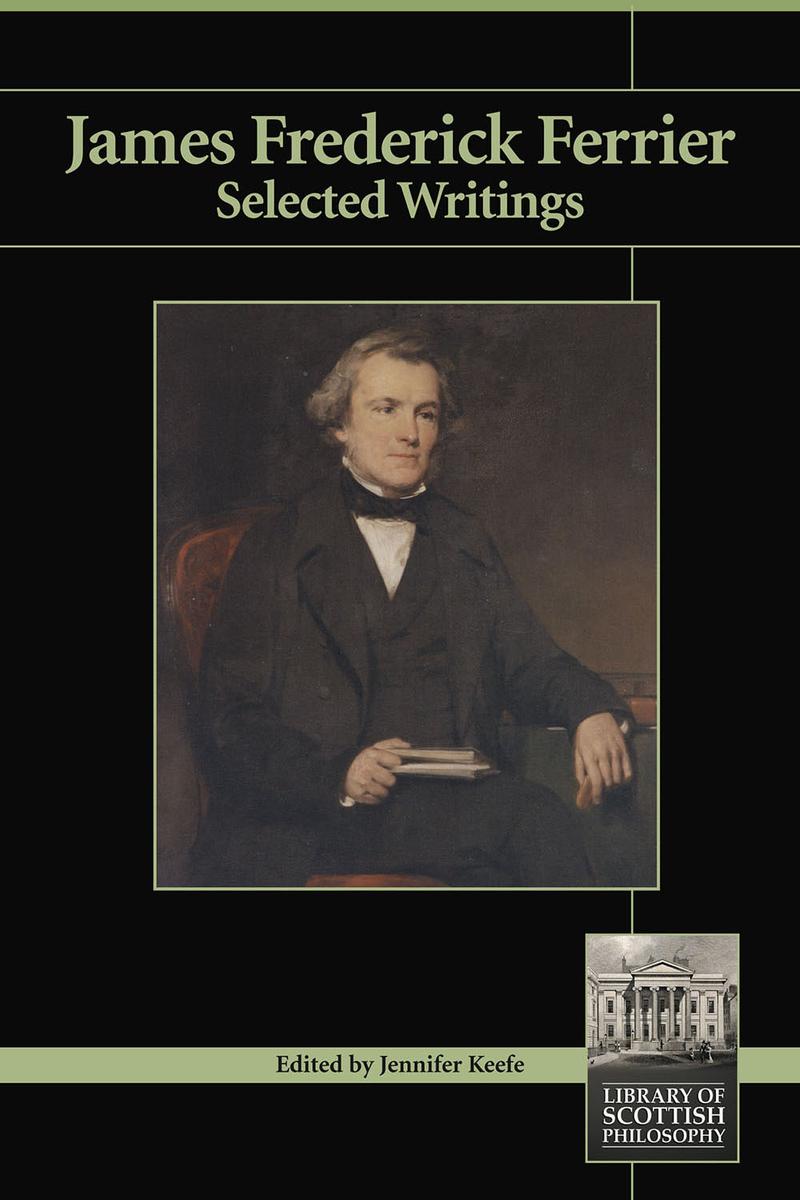
James Frederick Ferrier
¥107.81
This volume contains selections from the philosophical writings of James Frederick Ferrier (1808-1864). Ferrier was the Professor of Moral Philosophy at the University of St Andrews between 1845 and 1864 and he was one of the earliest post-Hegelian British idealists. He develops a system of absolute idealism via a rejection of the Scottish school of common sense and Enlightenment philosophy in general. These selections focus on his primary philosophical interests: epistemology and ontology. Ferrier denies the possibility of a science of man and suggests that philosophy should focus on self-consciousness, the defining feature of humanity.
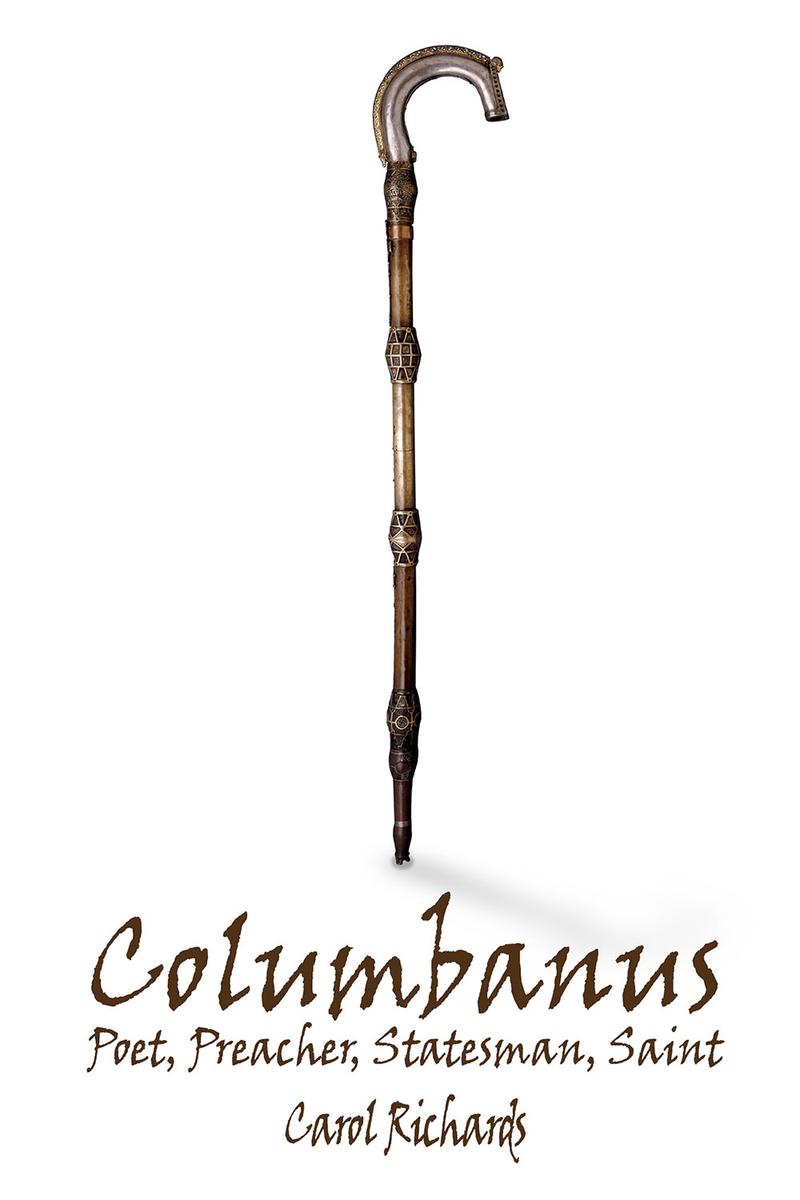
Columbanus
¥107.81
Columbanus ("e;The Dove of the Church"e;), not to be confused with his near-contemporary Columba of Iona, was a towering figure in the religious and political life of Europe in the Dark Ages. In this lively biography of the saint, Carol Richards evokes the violent and unstable age that laid the foundations for the achievements of the Middle Ages.
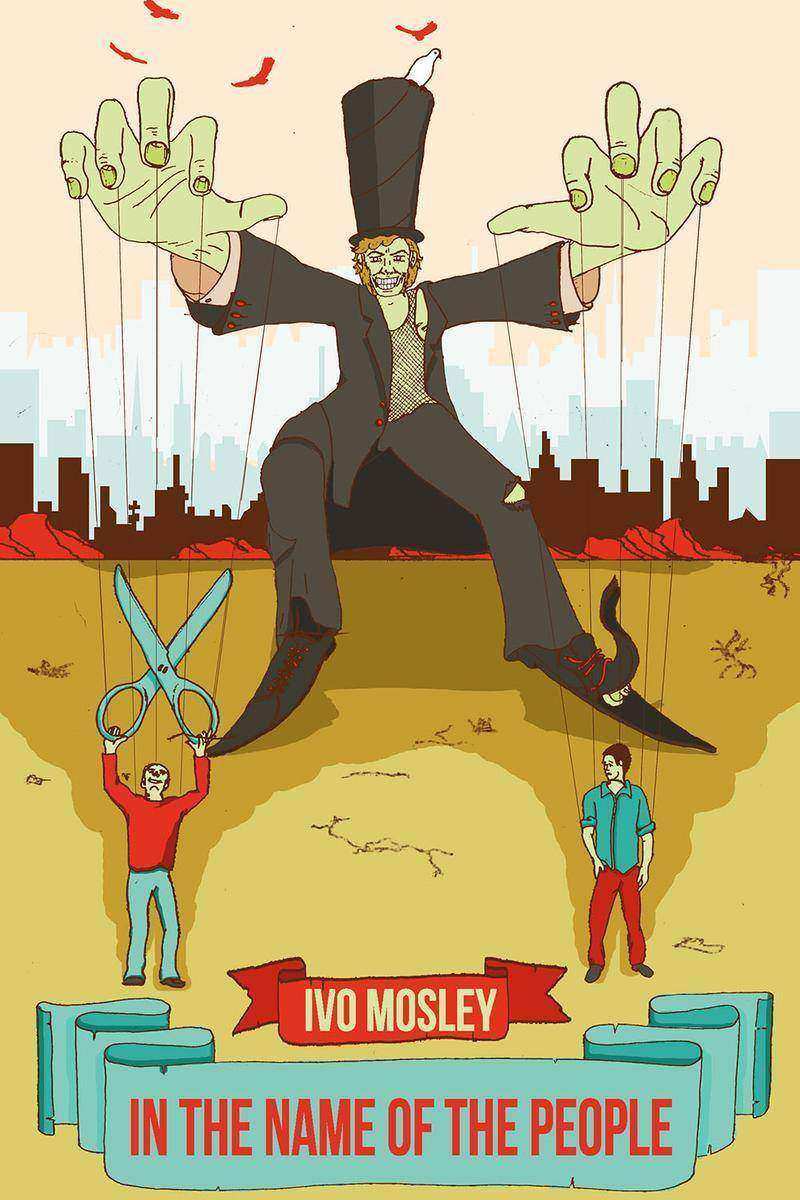
In the Name of the People
¥107.81
Are our 'democracies' truly democratic? In the Name of the People examines the myth of modern democracy and finds it wanting. The various oligarchies of the world blame the madness of modern life on the greed and stupidity of ordinary people: this book argues that, on the contrary, elites indulge a limitless greed for power and wealth under cover of 'giving the people what they want'. As a coda to his short book, Ivo Mosley examines what true democracy has meant over the last two and a half millennia, and examines how it could be incorporated into current political structures to give them meaning, life and accountability.
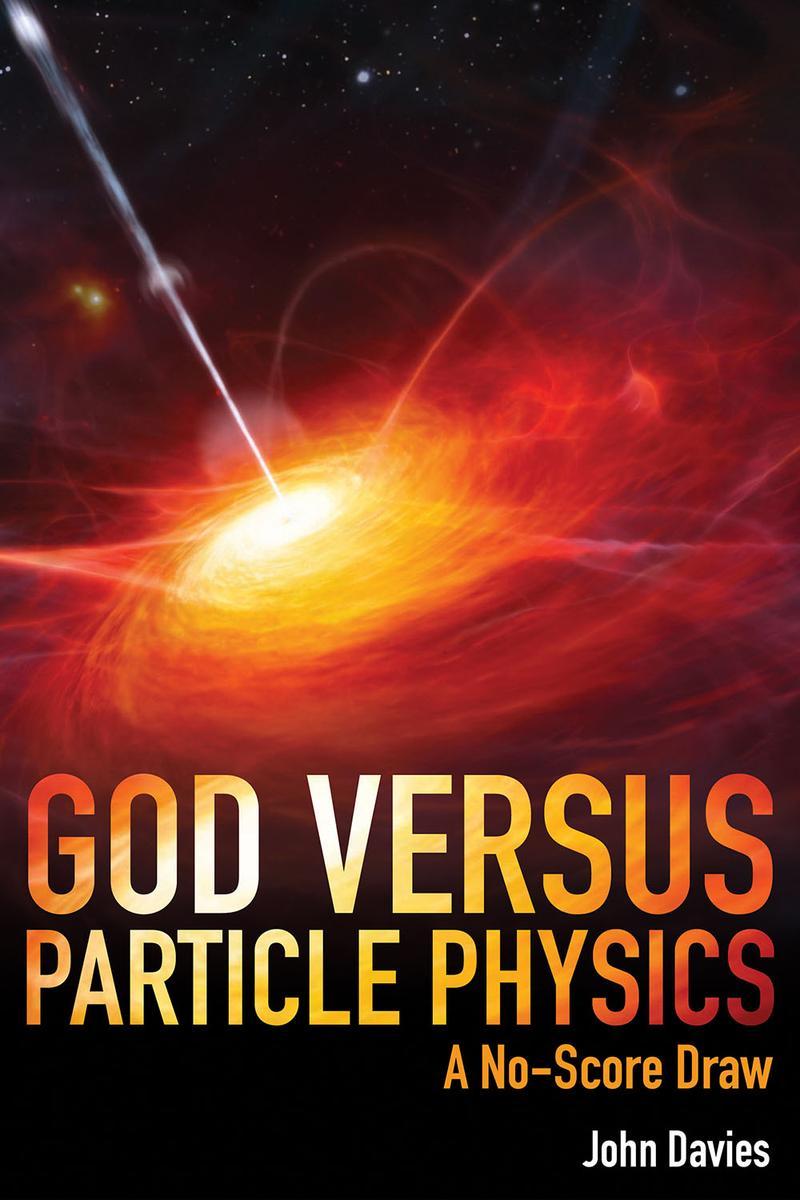
God versus Particle Physics
¥107.81
The book presents the conclusions of a psychologist seeking to make sense of contemporary particle physics as described in a number of popular science texts and media articles, written by physicists, seeking to explain the workings of the sub-atomic world. The accounts, it is argued, are a) mutually exclusive and contradictory, and b) metaphysical or magical in essence.Themes of the book include: a discussion of the way we allow physicists to invent things that have no perceivable qualities, on the grounds that they 'must' be there because otherwise their preconceptions are wrong or their sums don't work; that, from a psychological perspective, contemporary theory in particle physics has the same properties as any other act of faith, and the same limitations as belief in God; and that physics has now reached a point at which increasingly physicists research their own psychological constructions rather than anything which is unambiguously 'there' or real.It encourages people to ask basic questions of the type we often use to question the existence of God; such as 'Where is he/it?', 'Show me?', 'Do it then', 'When did it happen?', 'How do you know it exists?', and so on, and suggests that people take a leaf out of Dawkins' text, The God Delusion, but apply it to high-end physics as much as to religious dogma: turning water into wine is a mere conjuring trick compared to producing an entire universe out of nothing.
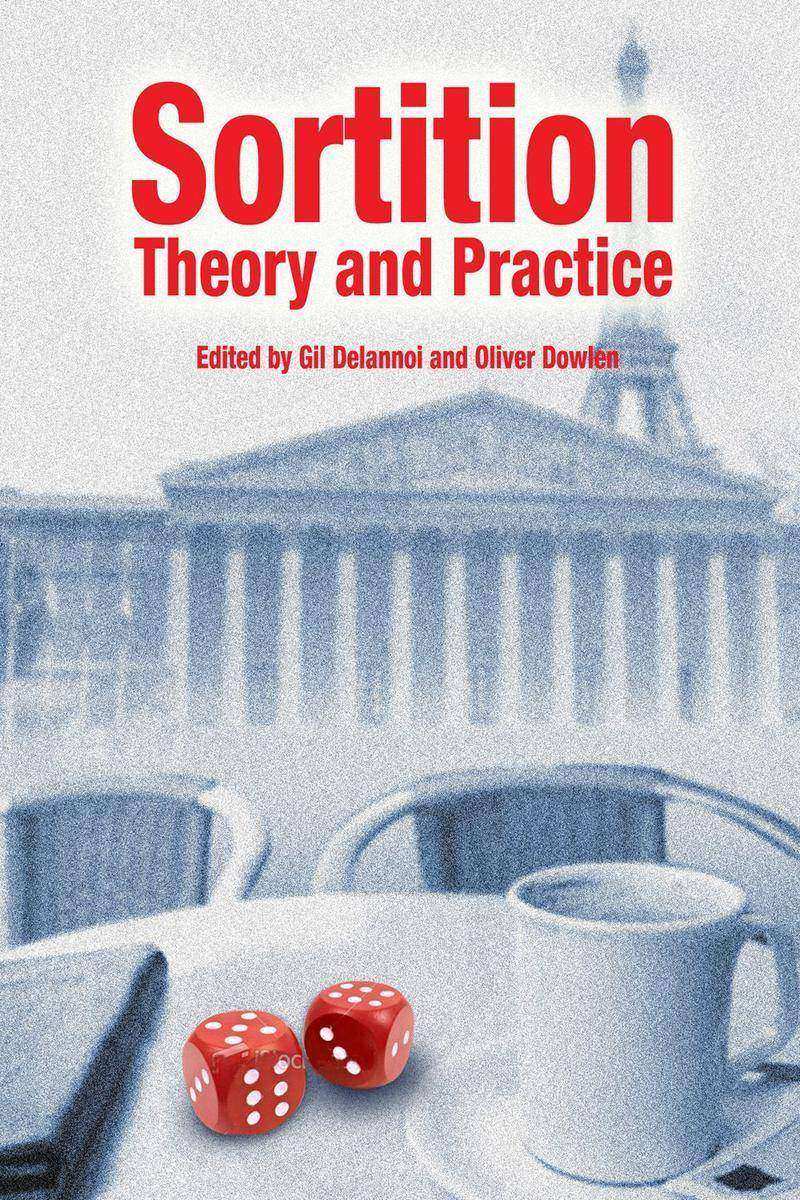
Sortition
¥107.81
This volume reflects the up-and-coming academic interest in sortition. It is based on contributions to the first international conference dedicated to the subject held at the University of Political Science (Sciences-Po) in Paris in November 2008.The papers explore important theoretical questions such as how we should recognise and define differing lottery forms; the relationship between sortition and different aspects and forms of democracy; and its potential benefits to current political and commercial practice.Contributors include: Hubertus Buchstein, Gil Delannoi, Oliver Dowlen, Gerhard Goehler, Barbara Goodwin, Michael Hein, Yves Sintomer, Peter Stone and Antoine Vergne.
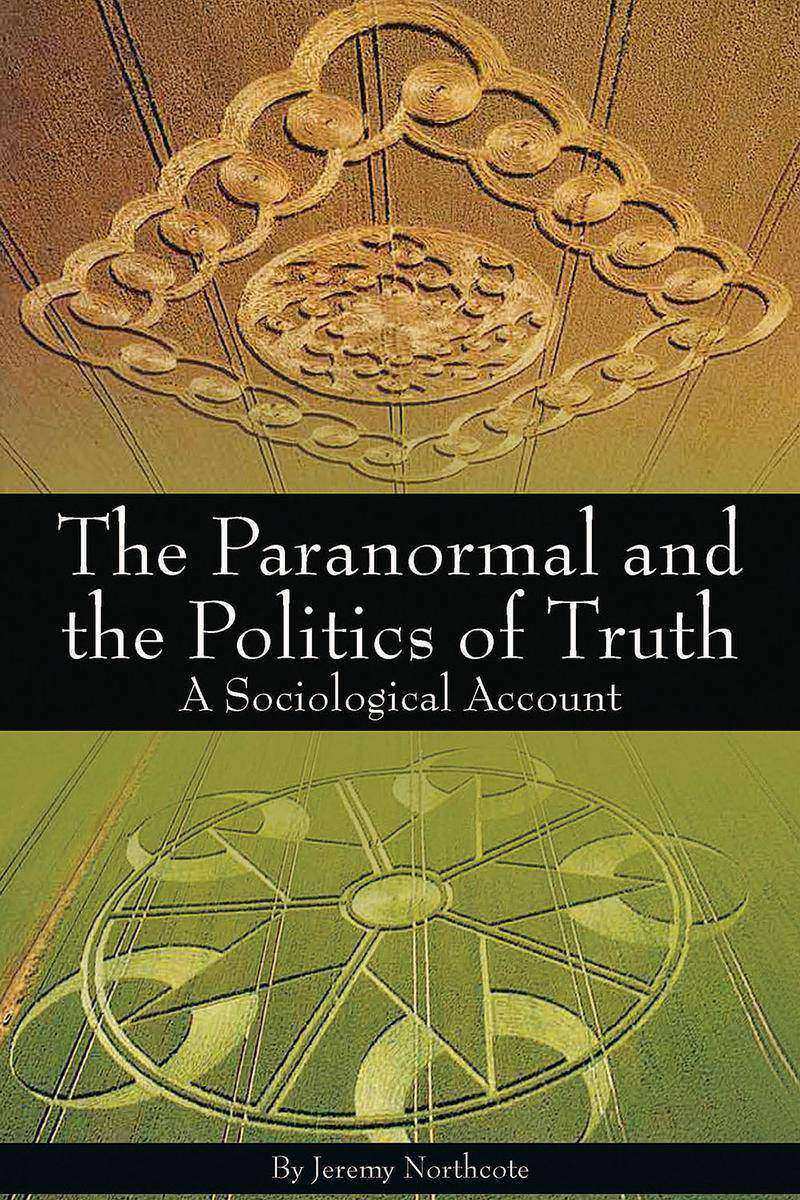
Paranormal and the Politics of Truth
¥107.81
This book is based on the author's ten-year research into the politics of belief surrounding paranormal ideas. Through a detailed examination of the participants, issues, strategies and underlying factors that constitute the contemporary paranormal debate, the book explores the struggle surrounding the status of paranormal phenomena. It examines, on the one hand, how the principal arbiters of religious and scientific truths - the Church and the academic establishment - reject paranormal ideas as "e;occult"e; and "e;pseudo-scientific"e;, and how, on the other hand, paranormal enthusiasts attempt to resist such labels and instead establish paranormal ideas as legitimate knowledge.The author contends that the paranormal debate is the outcome of wider discursive processes that are concerned with the construction and negotiation of truth in Western society generally. More specifically, the debate is seen as an aspect of the "e;boundary work"e; that defines the contours of religious and scientific orthodoxy.The book paves new ground in understanding the nature of belief relating to a topic that has long held fascination to academics and lay people alike - paranormal ideas. It develops a discursive framework for understanding a contemporary social phenomenon, hence placing the study at the cutting edge of ethnographic development that seeks to integrate discursive perspectives with empirical accounts of sociological phenomena. Most importantly, the study is intended to contribute to the debate surrounding communicative action, by outlining a discursive perspective on the negotiation of ideational differences that goes beyond the incommensurability theories that have dominated the sociology of communication and knowledge.
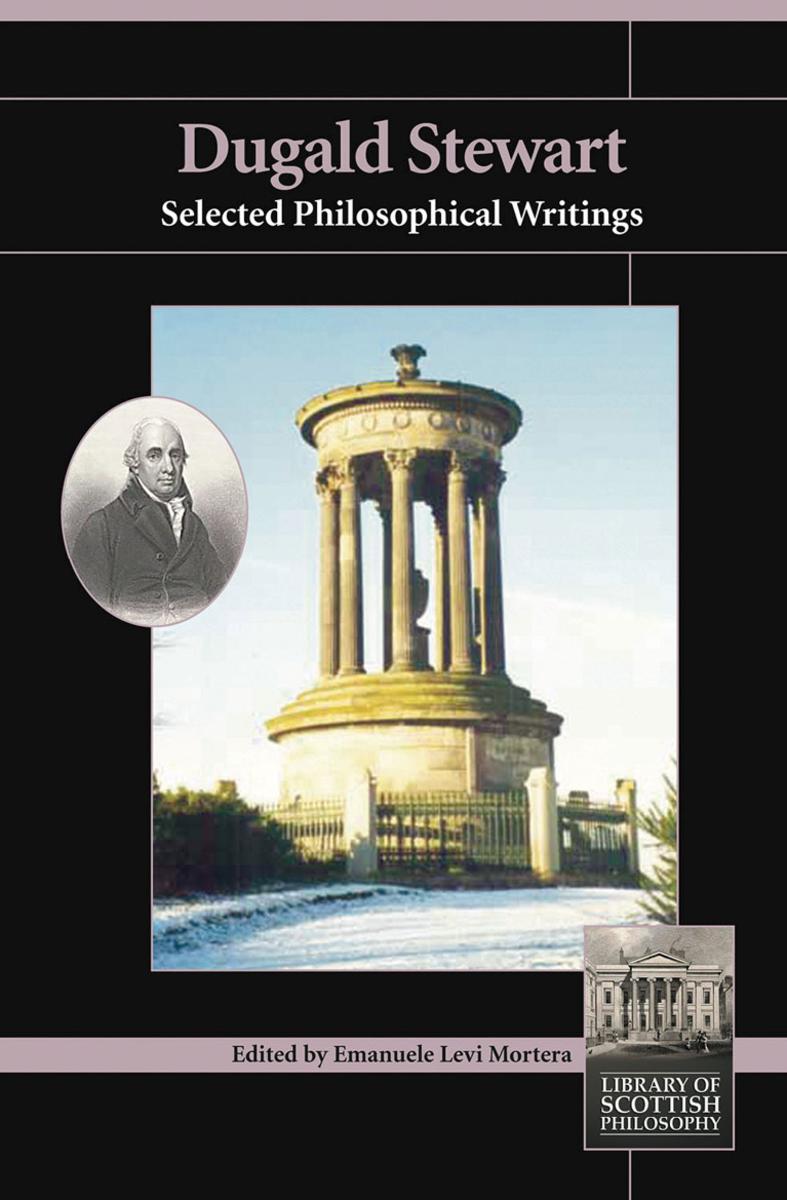
Dugald Stewart
¥107.81
Dugald Stewart was appointed assistant professor of mathematics in the University of Edinburgh in 1772, aged only 19. He became one of the most influential academics in the eighteenth- and nineteenth-century European 'Republic of Letters'. Both Stewart's contemporaries and modern scholars have recognised the impact his influential figure had over many young minds. He was one of the leading figures of the Scottish Common Sense school, a name by which we are used to identifying the philosophical tradition headed by Thomas Reid.The selection given here departs in some ways from Stewart's own division of the subject, and aims to reflect the logical priority of each discipline, a priority which Stewart himself seems to give in the internal development of his 'system'.
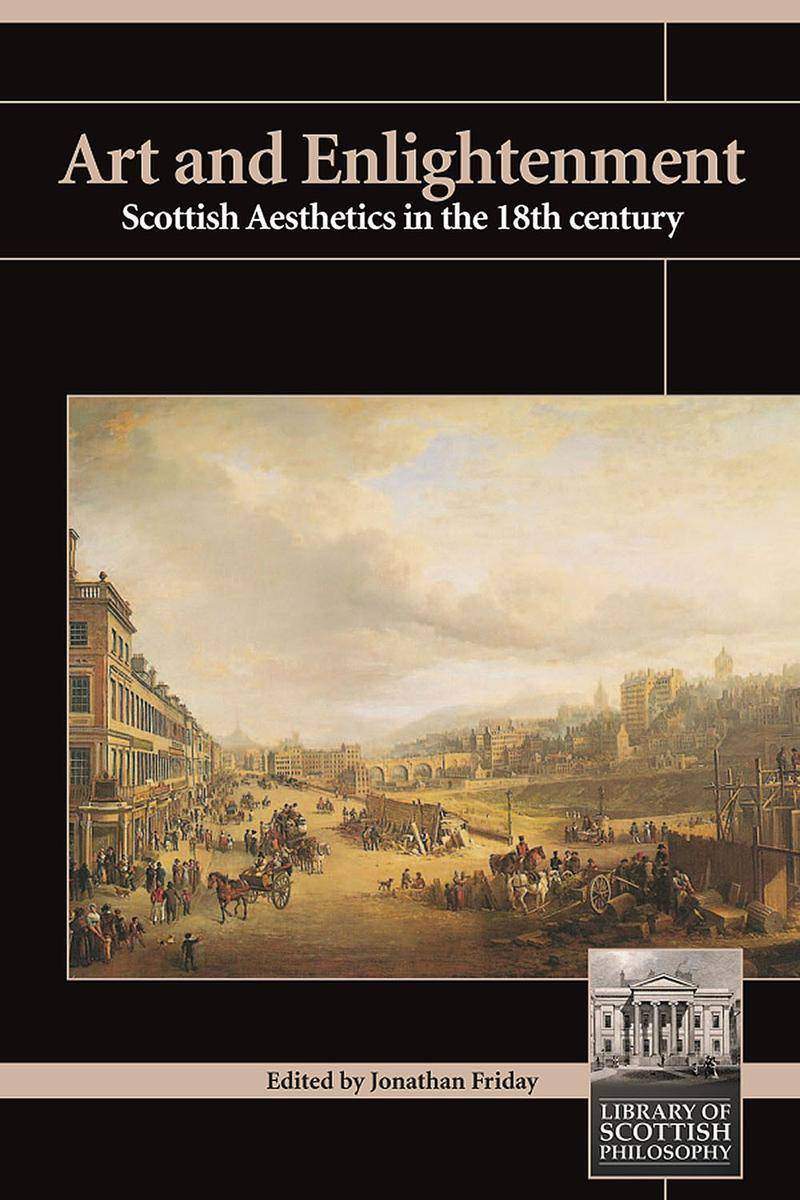
Art and Enlightenment
¥107.81
During the intellectual and cultural flowering of Scotland in the 18th century few subjects attracted as much interest among men of letters as aesthetics - the study of art from the subjective perspective of human experience. All of the great philosophers of the age - Hutcheson, Hume, Smith and Reid - addressed themselves to aesthetic questions. Their inquiries revolved around a cluster of issues - the nature of taste, beauty and the sublime, how qualitative differences operate upon the mind through the faculty of taste, and how aesthetic sensibility can be improved through education. This volume brings together and provides contextual introductions to the most significant 18th century writing on the philosophy of art. From the pioneering study of beauty by Francis Hutcheson, through Hume's seminal essays on the standard of taste and tragedy, to the end of the tradition in Dugald Stewart, we are swept up in the debate about art and its value that fascinated the philosophers of enlightenment Scotland - and continues to do so to this day.
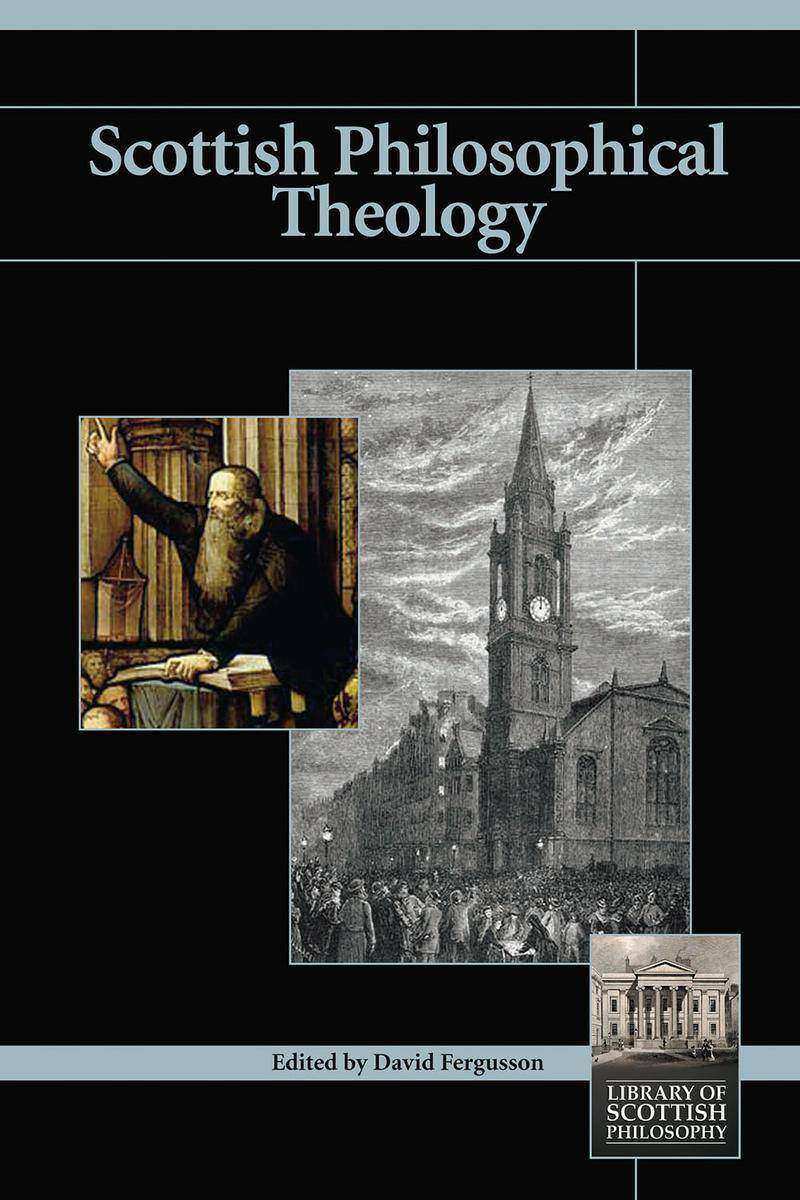
Scottish Philosophical Theology
¥107.81
This volume concentrates on the period from the beginning of the 18th century to the latter part of the 20th. It is impossible to depict a single school of philosophical theology in Scotland across three centuries, yet several strains have been identified that suggest some recurrent themes or intellectual habits. These include the following: the mutually beneficial cross-fertilisation of the disciplines of philosophy and theology; the tendency to eschew powerful philosophical systems that might threaten to imprison theological ideas; a stress on both the providential limitations and reliability of human reason; a suspicion of reductive theories of a materialist inclination; and a determination to inspect critically the proposals of theology and to place these in positive relation to other disciplines.
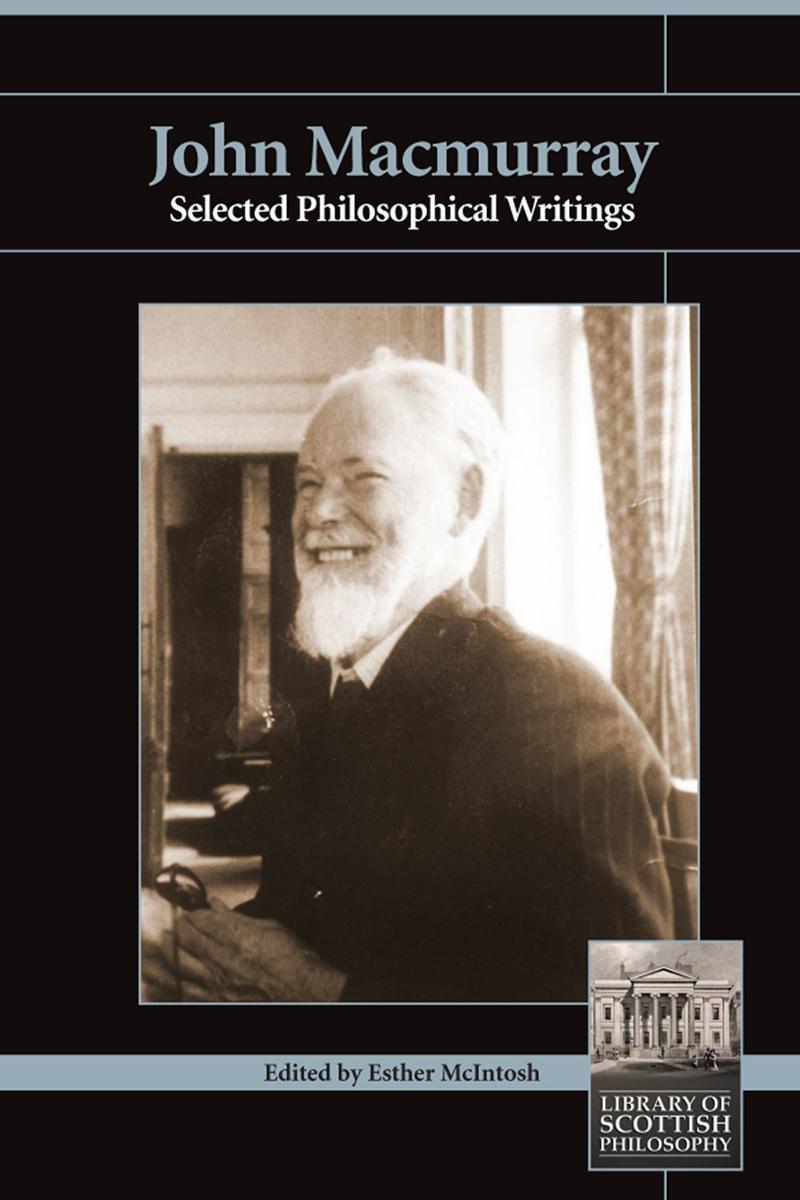
John Macmurray
¥107.81
The philosophy of John Macmurray is only now receiving the attention it deserves. It is in the contemporary climate of dissatisfaction with individualism that Macmurray's emphasis on the relations of persons has come to the fore. Moreover, Macmurray's recognition of the central importance of acknowledging human embodiment is being favourably received by a wide range of fields, which includes philosophers, theologians and psychologists.Macmurray's overriding concern is to present an adequate account of the person and of personal relationships. Nevertheless, he is an eclectic writer, whose work addresses concerns in education, science and art, which all stem from his understanding of human agency. In addition, this leads Macmurray into a discussion of the ethics of personal and political relations and a critique of otherworldly religion. Hence, Macmurray's philosophy is informed by fairly unconventional religious beliefs.
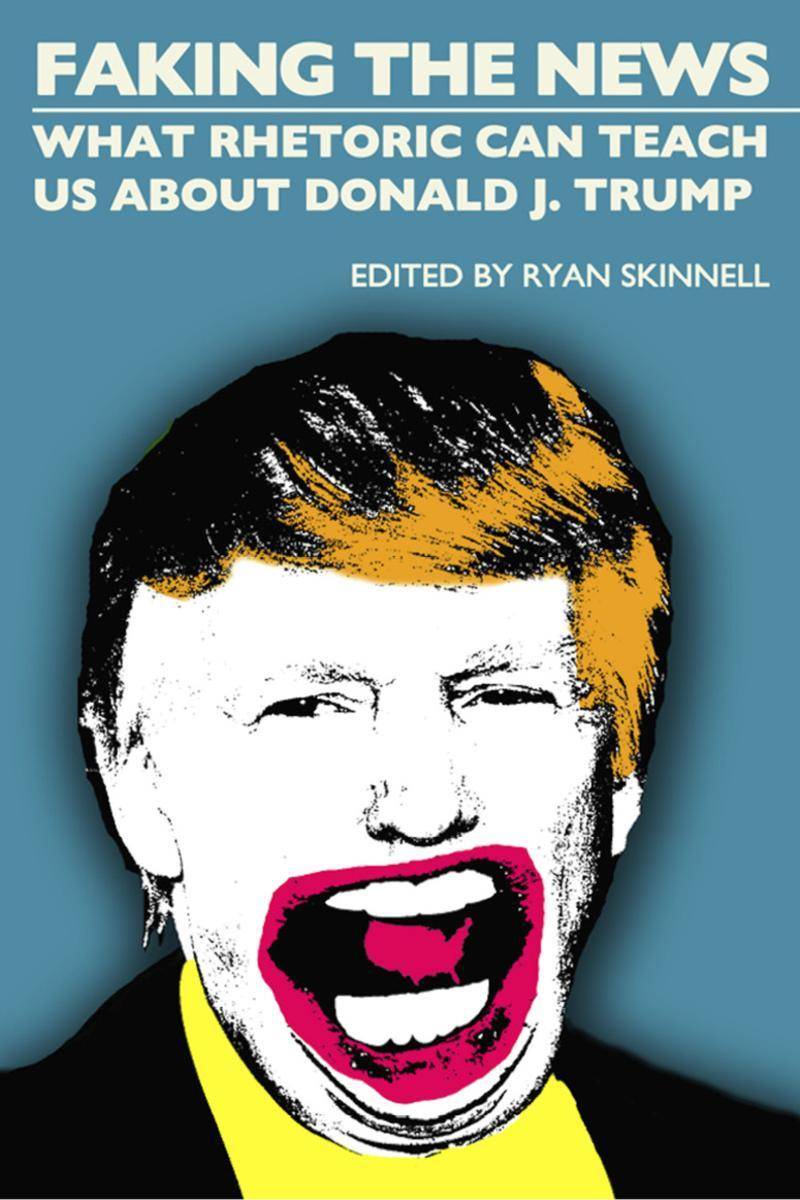
Faking the News
¥107.81
Donald J. Trump's speaking and writing invite passionate reactions - maybe he's a bluecollar, billionaire hero who speaks the language of the common man or maybe he's a gleefully illiterate, tremendously unqualified idiot. Whatever the case, he was persuasive enough to get himself elected President of the United States and he's been persuasive enough to keep a majority of his supporters behind him. In Faking the News: What Rhetoric Can Teach Us About Donald J. Trump, eleven prominent rhetoric experts explain how Trump's persuasive language works. Specifically the authors explain Trump's persuasive uses of demagoguery, anti-Semitism, alternative facts, populism, charismatic leadership, social media, television, political slogans, visual identity/image, comedy and humor, and shame and humiliation. Faking the News is written for readers who may not know anything about rhetoric, so each chapter explains a feature of rhetoric and uses that lens to illuminate Trump's rhetorical accomplishments. Specifically, about how he has used and still uses language, symbols, and even style to appeal to the people in his various audiences.
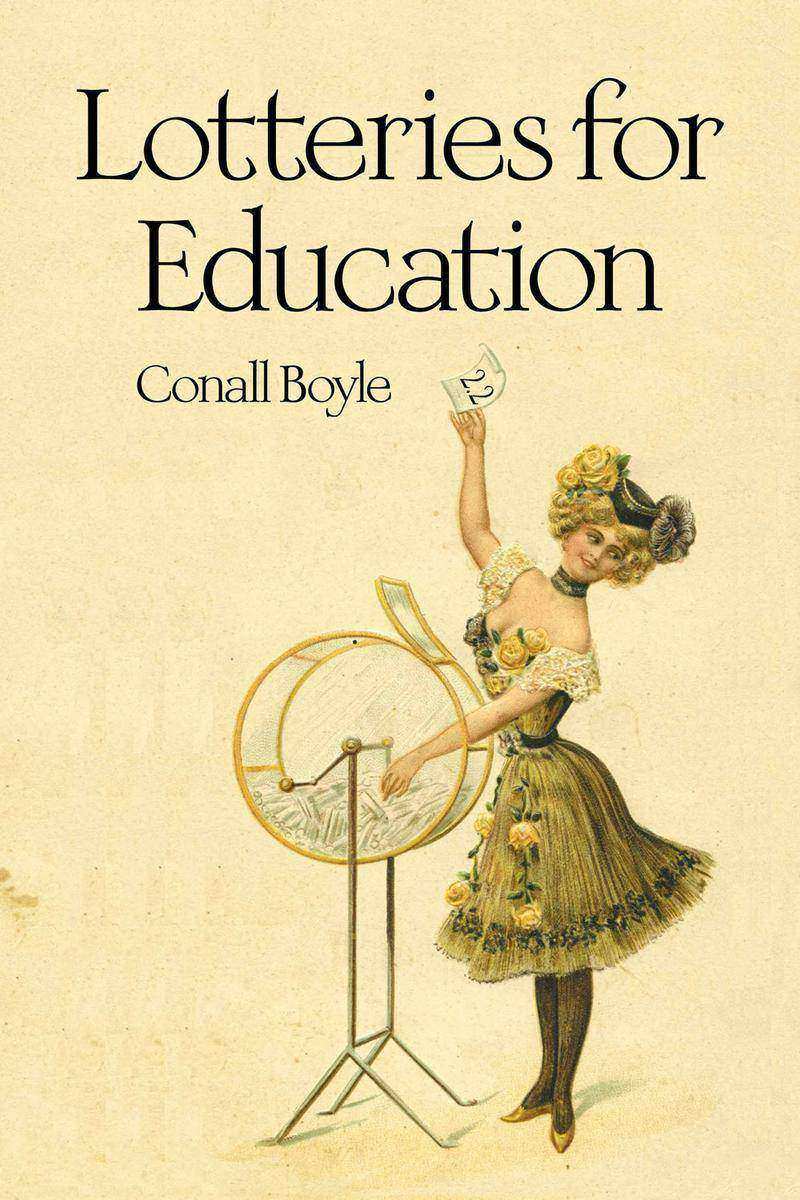
Lotteries for Education
¥107.81
Lotteries are widely used to decide places (seats) at schools, colleges and universities. Conall Boyle explores many examples to find out why. The emotional turmoil that the use of ballots can cause to students and parents alike is graphically described. But lottery selection teaches lessons too; now we can find proper answers to controversial questions like "e;Does choice work?"e;This book will be of interest to parents, pupils and teachers as well as educational administrators. Any student applying for admission to a university course should learn about the amazing weighted lottery for entry to medical schools in the Netherlands. There is a better way: it's a lottery!
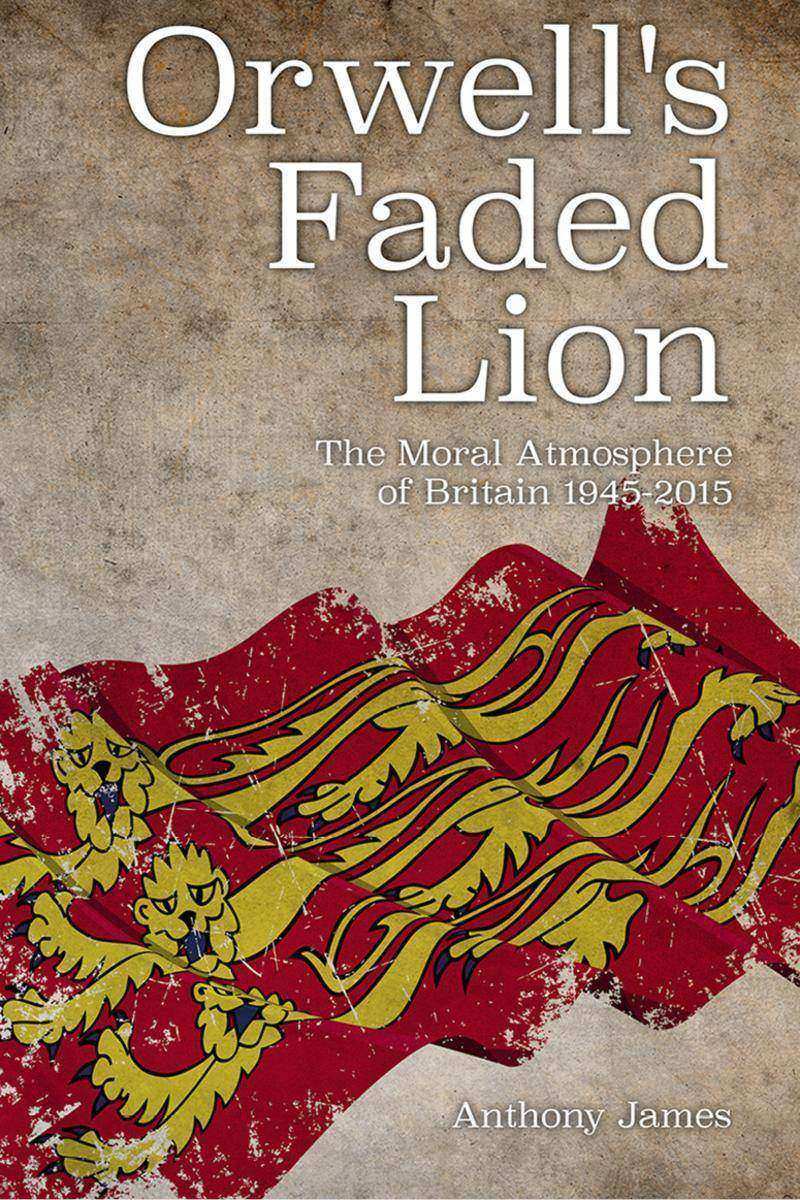
Orwell's Faded Lion
¥107.81
Orwell's Faded Lion traces the history of Britain from the end of the Second World War, during the darkest days of which George Orwell wrote The Lion and the Unicorn, calling for a British revolution, to the present. The book confronts the actual direction taken by British society against the background of the high hopes of the generation that survived the war. The book also considers Britain alongside its European neighbours, drawing upon personal experiences of living and travelling widely in Europe, as well as experience of left-wing party politics and of the Northern Ireland situation in the 1980s.
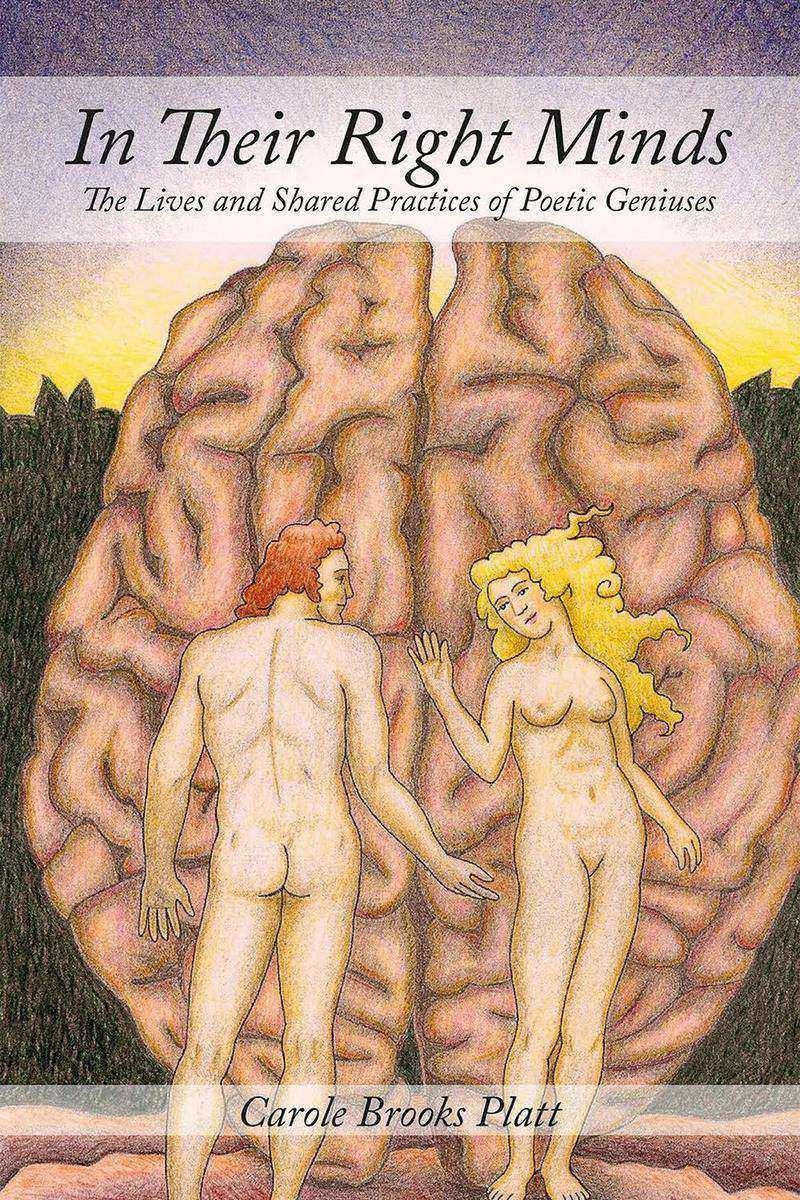
In Their Right Minds
¥107.81
In 1976, Julian Jaynes proposed that the language of poetry and prophecy originated in the right, "e;god-side"e; of the brain. Current neuroscientific evidence confirms the role of the right hemisphere in poetry, a sensed presence, and paranormal claims as well as in mental imbalance. Left-hemispheric dominance for language is the norm. An atypically enhanced right hemisphere, whether attained through genetic predisposition, left-hemispheric damage, epilepsy, childhood or later traumas, can create hypersensitivities along with special skills. Dissociative "e;Others"e; may arise unbidden or be coaxed out through occult practices. Based on nearly twenty years of scientific and literary research, this book enters the atypical minds of poetic geniuses - Blake, Keats, Hugo, Rilke, Yeats, Merrill, Plath and Hughes - by way of the visible signs in their lives, beliefs, and shared practices.
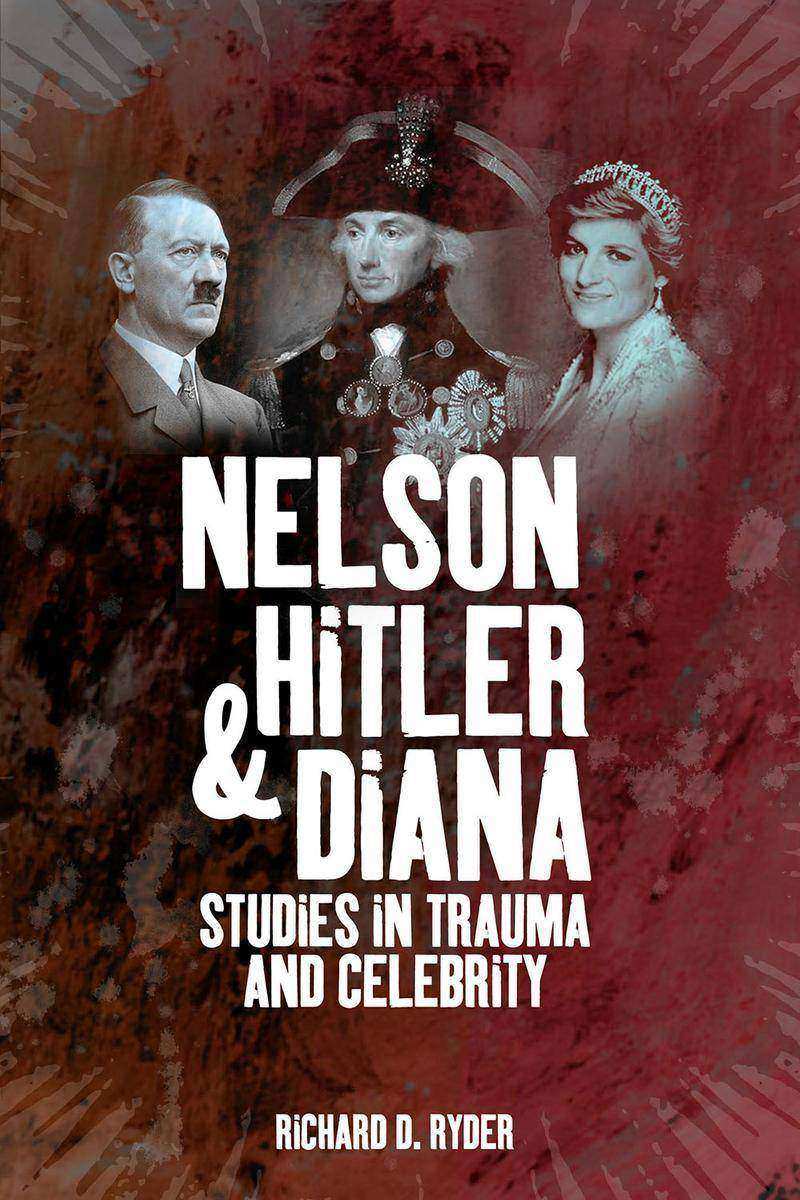
Nelson, Hitler and Diana
¥107.81
Clinical psychologist Richard Ryder approaches three iconic celebrities - Horatio Nelson, Adolph Hitler, and Diana Princess of Wales - as though they were his patients and presents a short psycho-biography of each. Beneath their obvious differences he finds striking similarities in their backgrounds and early experience, especially being deprived of their mothers' love. In a short Epilogue the author asks what lessons might be learned for the future from these three famous figures of the past.
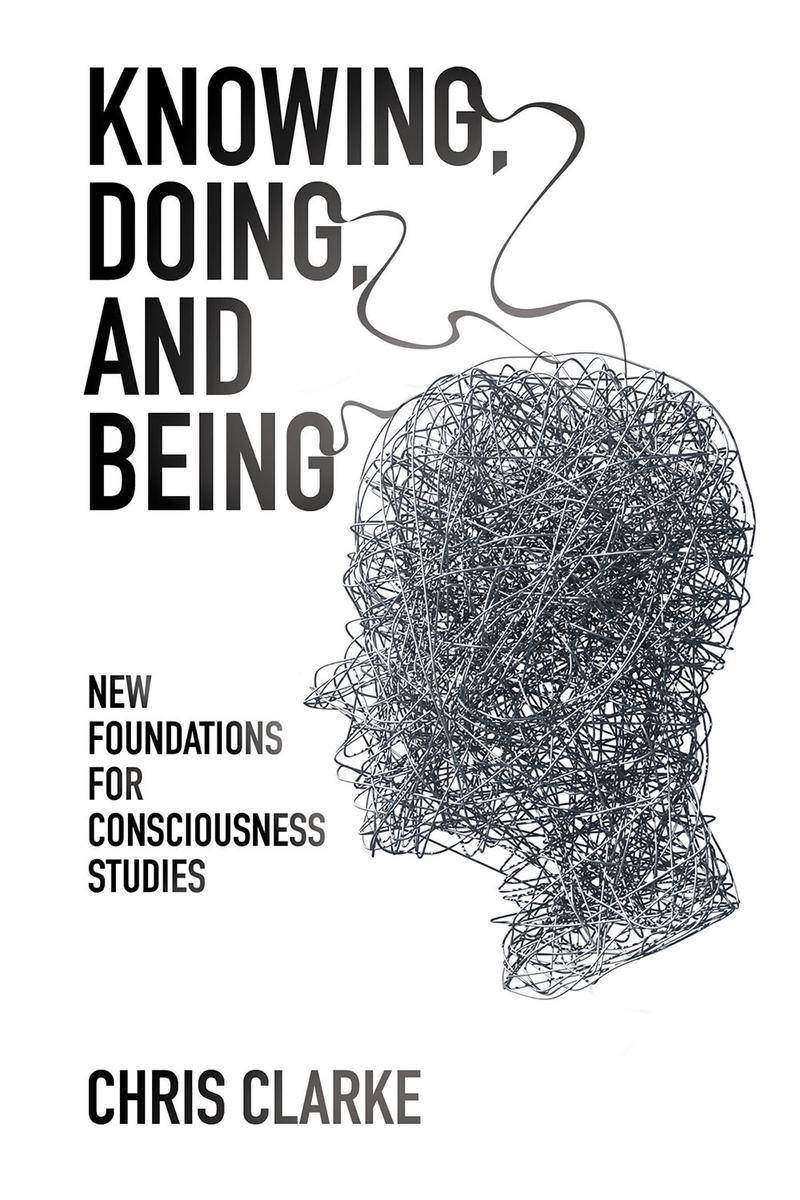
Knowing, Doing, and Being
¥107.81
Between 1965 and 2002 several key lines of research emerged which, taken together, can potentially revolutionise our understanding of the place of consciousness in the universe. Two of these are crucial: first, the analyses of human mental processes by Barnard, and independently by McGilchrist, revealing two separate elements, one rational and one based on relationships; and, second, research by several workers linking quantum theory to consciousness in much greater detail then hitherto. Both of these investigations use an alternative logical system in order to make sense of the quantum/consciousness area. In this book the author explains the close connections between these new ingredients - connections which until now have barely been noticed. Using these insights the author set out a new foundation for consciousness studies in which consciousness is integrated with physics while retaining its qualitatively different character. Finally the book discusses how this affects our everyday approach to ecology, religion, and spiritual practice.
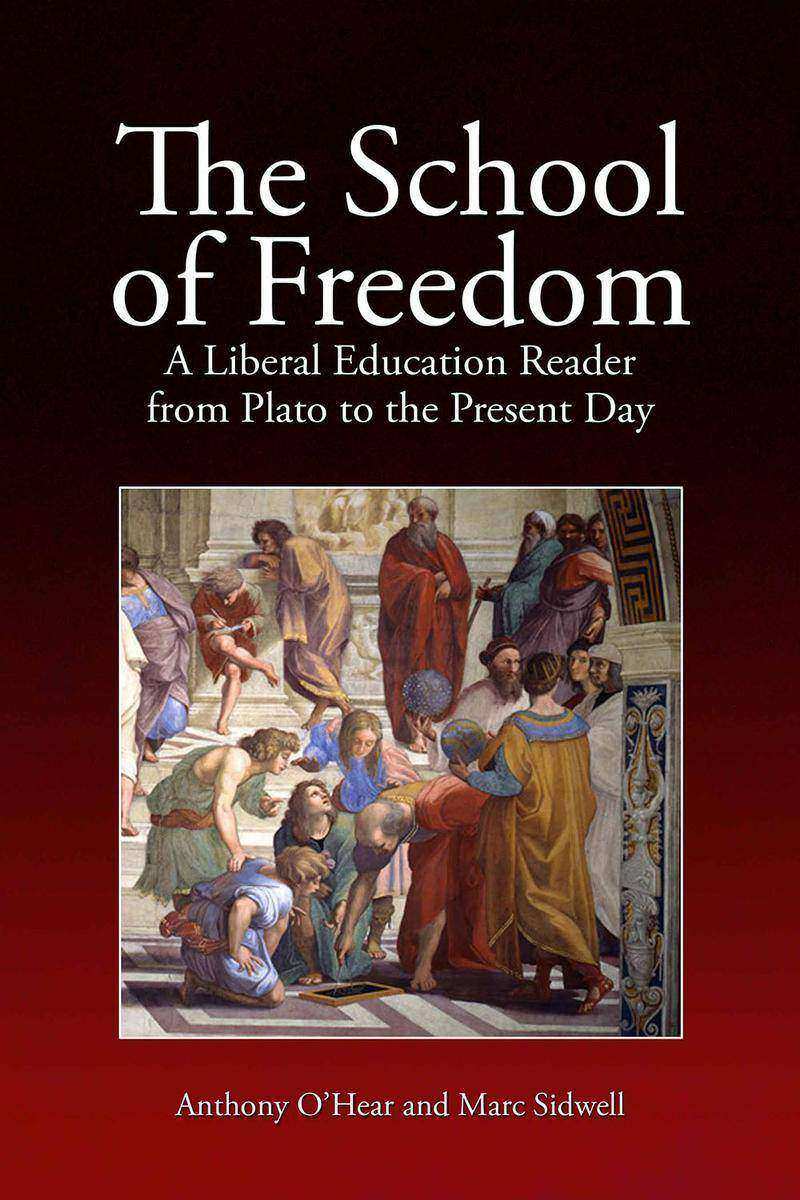
School of Freedom
¥107.81
Liberal education is not a theory. It is the tradition by which Western civilisation has preserved and enriched its inheritance for two and a half thousand years. Yet liberal education is a term that has fallen from use in Britain, its traditional meaning now freely confused with its opposite. This book is intended to correct that misapprehension, through the presentation of original source material from the high points in the liberal education tradition with particular focus on the British experience.Section 1: Origins (c. 450 BC to c. 450 AD)Section 2: The British Tradition (c. 750 to 1950)Section 3: After Tradition (1950 onward)Section 4: Liberal Education Redux (America)
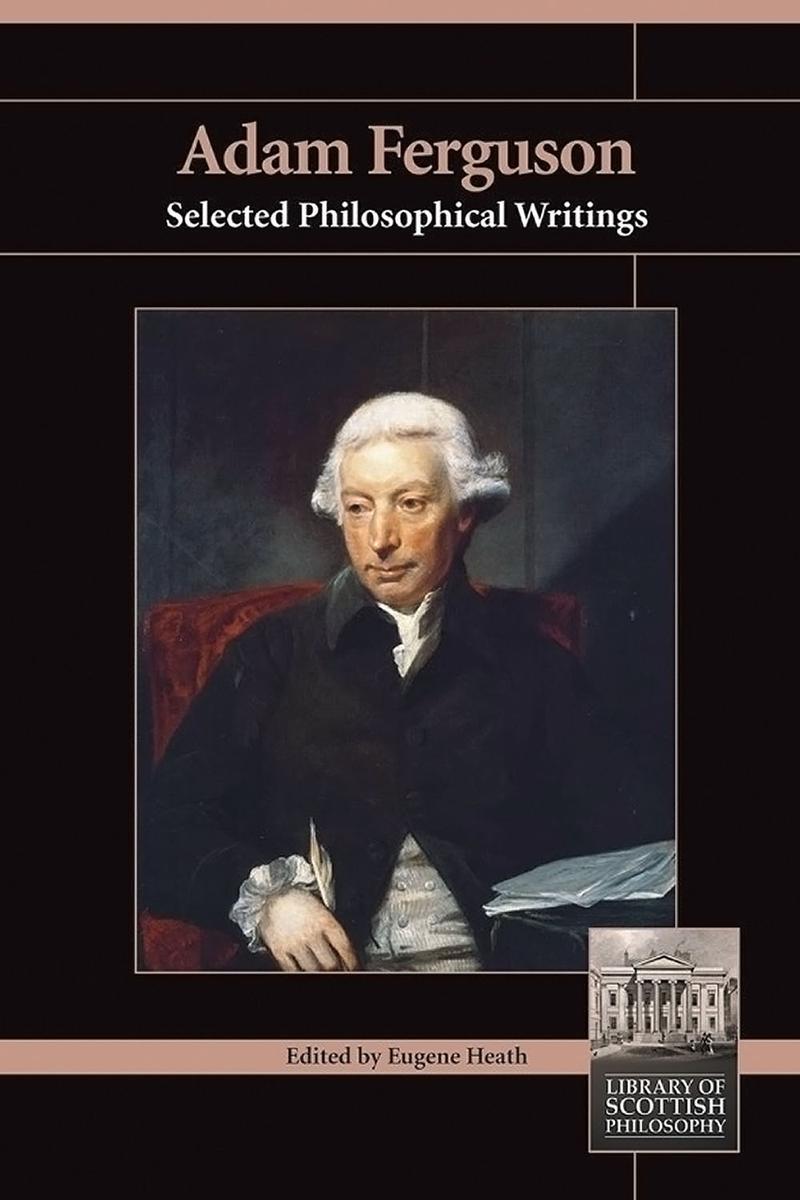
Adam Ferguson
¥107.81
A philosopher and historian, Adam Ferguson occupies a unique place within eighteenth-century Scottish thought. Distinguished by a moral and historical bent, his work is framed within a teleological outlook that upholds the importance of action and virtue.
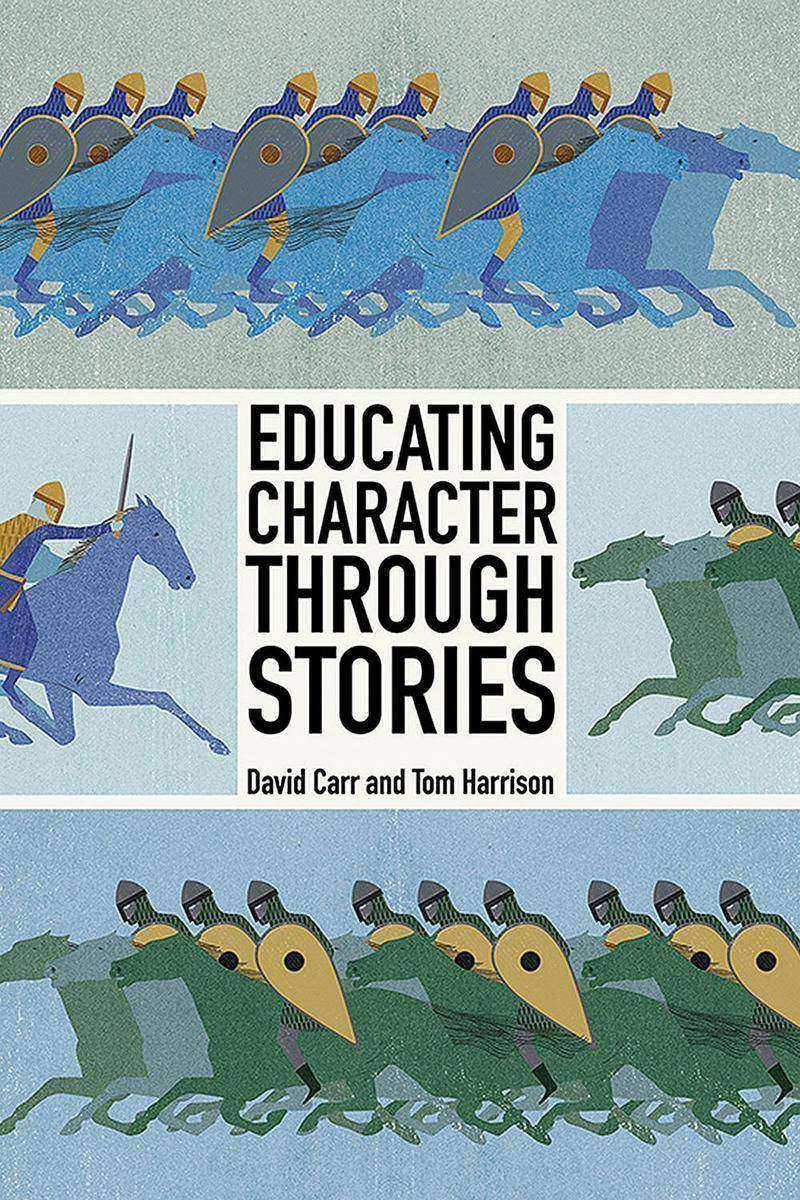
Educating Character Through Stories
¥107.81
What could be the point of teaching such works of bygone cultural and literary inheritance as Cervantes' Don Quixote and Shakespeare's The Merchant of Venice in schools today? This book argues that the narratives and stories of such works are of neglected significance and value for contemporary understanding of human moral association and character. However, in addition to offering detailed analysis of the moral educational potential of these and other texts, the present work reports on a pioneering project, recently pursued by the Jubilee Centre for Character and Virtues, concerned precisely with the use of these and other stories for moral and character education in schools. The success of the 'Knightly Virtues' project is an inspiring story in its own right and should therefore be of enormous interest to all schools, teachers and parents rightly concerned with this all-important aspect of their children's educational development.




 购物车
购物车 个人中心
个人中心



